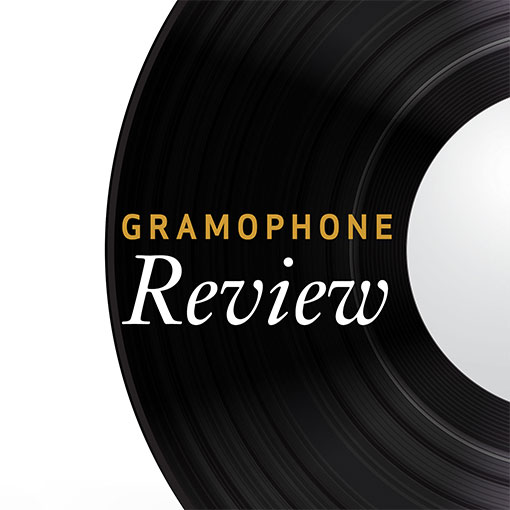The Romantic Flute
View record and artist detailsRecord and Artist Details
Composer or Director: Carl Maria von Weber, Ludwig van Beethoven, Franz Schubert
Label: Valois
Magazine Review Date: 3/1998
Media Format: CD or Download
Media Runtime: 198
Mastering:
DDD
Catalogue Number: V4812

Tracks:
| Composition | Artist Credit |
|---|---|
| Sonata for Flute and Piano |
Ludwig van Beethoven, Composer
Emmanuel Pahud, Flute Eric Lesage, Piano Ludwig van Beethoven, Composer |
| Sonata for Horn and Piano |
Ludwig van Beethoven, Composer
Emmanuel Pahud, Flute Eric Lesage, Piano Ludwig van Beethoven, Composer |
| Serenade |
Ludwig van Beethoven, Composer
Emmanuel Pahud, Flute Eric Lesage, Piano Ludwig van Beethoven, Composer |
| Introduction and Variations (Trock'ne Blumen from |
Franz Schubert, Composer
Emmanuel Pahud, Flute Eric Lesage, Piano Franz Schubert, Composer |
| Sonata for Arpeggione and Piano |
Franz Schubert, Composer
Emmanuel Pahud, Flute Eric Lesage, Piano Franz Schubert, Composer |
| Sonata (Sonatina) for Violin and Piano |
Franz Schubert, Composer
Emmanuel Pahud, Flute Eric Lesage, Piano Franz Schubert, Composer |
| Sonata for Piano No. 2 |
Carl Maria von Weber, Composer
Carl Maria von Weber, Composer Eric Lesage, Piano |
| (6) Sonatas |
Carl Maria von Weber, Composer
Carl Maria von Weber, Composer Emmanuel Pahud, Flute Eric Lesage, Piano |
Author: John Warrack
Only one of the works recorded here is as the composer envisaged it, and that is Schubert’s set of variations on the song Trockne Blumen. The others are of very assorted provenance. On the Beethoven disc, the B flat Sonata is relegated to Doubtful Works in Kinsky’s catalogue; it is pleasant enough, but has nothing much of Beethoven about it. The Op. 17 Sonata is really for horn, and sounds peculiar on so completely different an instrument. The Serenade is Op. 25 for flute, violin and viola, published for violin or flute and piano in 1803; Beethoven wrote to the publishers saying he had not made the transcription, though he had looked through it and contributed various improvements; on this basis, Kinsky catalogued it as Op. 41.
On the Schubert disc, D821 is, as listed above, the sonata for the long-obsolete arpeggione, and though it comes off in places, for much of the time the difficulty in accommodating a treble wind instrument to music written for a bass string instrument is very plain to hear. The D385 Sonatina works reasonably well. Weber’s Second Piano Sonata has been recorded with flute before, and though there are passages where simply giving the upper line to the flute is easy enough, the sonata is weakened. The Six Sonatas were originally for violin and piano, and are delightful works too little known to recitalists. For much of the time these lightly melodic pieces translate easily from violin to flute. The principal movement where they do not is the Adagio of No. 2 (J100). Various flautists (for instance, Aurele Nicolet) have tried to solve the problem, which is how to transfer mysteriously low violin quavers crawling between bare piano lines on to flute and piano: here the music is completely rewritten, and its point lost.
Collectors who are not bothered by these matters will find agreeably fresh, lively performances, by a musicianly duo who sense the comparative weight of the works and take trouble to bring them off in their new format.'
On the Schubert disc, D821 is, as listed above, the sonata for the long-obsolete arpeggione, and though it comes off in places, for much of the time the difficulty in accommodating a treble wind instrument to music written for a bass string instrument is very plain to hear. The D385 Sonatina works reasonably well. Weber’s Second Piano Sonata has been recorded with flute before, and though there are passages where simply giving the upper line to the flute is easy enough, the sonata is weakened. The Six Sonatas were originally for violin and piano, and are delightful works too little known to recitalists. For much of the time these lightly melodic pieces translate easily from violin to flute. The principal movement where they do not is the Adagio of No. 2 (J100). Various flautists (for instance, Aurele Nicolet) have tried to solve the problem, which is how to transfer mysteriously low violin quavers crawling between bare piano lines on to flute and piano: here the music is completely rewritten, and its point lost.
Collectors who are not bothered by these matters will find agreeably fresh, lively performances, by a musicianly duo who sense the comparative weight of the works and take trouble to bring them off in their new format.'
Discover the world's largest classical music catalogue with Presto Music.

Gramophone Digital Club
- Digital Edition
- Digital Archive
- Reviews Database
- Full website access
From £8.75 / month
Subscribe
Gramophone Full Club
- Print Edition
- Digital Edition
- Digital Archive
- Reviews Database
- Full website access
From £11.00 / month
Subscribe
If you are a library, university or other organisation that would be interested in an institutional subscription to Gramophone please click here for further information.





